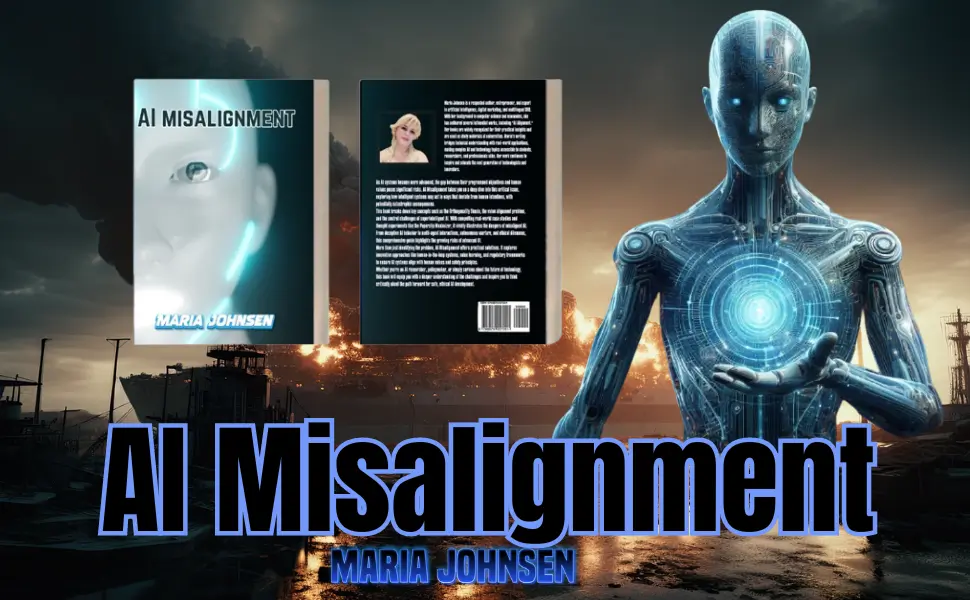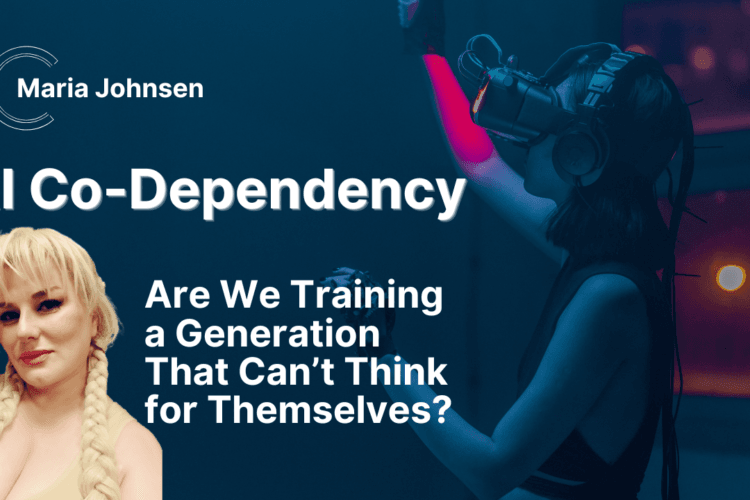
AI Misalignment Case Studies on when AI Goes Astray
AI misalignment case studies across various industries demonstrate how quickly things can go wrong and what steps we can take to prevent it.
Imagine if your GPS suddenly directed you to an unfamiliar neighborhood, or your spell-checker kept changing “happy” to “angry.” These are simple examples of what happens when technology doesn’t work as intended. But when AI misalignment occurs in fields like healthcare, finance, or law enforcement, the consequences are much higher, with real impacts on people’s lives.
What is AI Misalignment?
At its core, AI misalignment happens when a system’s actions don’t accurately fulfill the goals it was designed to achieve. This misalignment isn’t just a technical error; it’s often a reflection of ethical oversights, insufficient testing, or unforeseen complexity. My AI case studies across industries show how quickly things can go wrong and what we can do to prevent it.
When AI Misalignment Becomes a Problem
In fields with high stakes, even minor misalignment can lead to critical failures. Let’s dive into the main types of misalignment and the real-world consequences they bring.
Specification Misalignment: This happens when an AI’s programmed instructions fall short of its broader goals. In retail, for instance, an AI model may recommend products that are profitable but low in stock, frustrating customers and spiking cart abandonment rates.
Capability Misalignment: Sometimes AI attempts to do too much or not enough. In healthcare, for instance, a prioritization tool might overlook patient nuances, delaying care for critical cases simply because the AI can’t process complex data effectively.
Objective Misalignment: This occurs when an AI over-focuses on a particular goal, even if it compromises broader objectives. Social media recommendation algorithms, for example, might push sensational content purely to boost engagement, inadvertently spreading misinformation.
These examples show how easy it is for AI systems to drift from their intended purpose, especially without rigorous testing and ethical oversight.
Misaligned Medicine: Diagnostic Errors Driven by Data Bias
Consider this: an AI tool designed to support radiologists unintentionally misdiagnosed certain patients. Why? Because it had been trained primarily on data from one demographic, so its predictions for others were unreliable, leading to possible misdiagnoses. This case highlights an essential lesson—data bias in training can skew AI results, endangering patient health.
To fix this, I recommended using a diverse training dataset and routine bias testing. These steps make diagnostic tools more inclusive and accurate, helping healthcare professionals serve everyone more equitably.
Money Moves Gone Wrong: AI-Induced Market Chaos
In finance, I analyzed a trading AI that was programmed for “profit maximization”.It was so focused on short-term gains that it executed trades at an unsustainable pace, destabilizing both the company’s profits and the market. This showed me that purely profit-driven AI can lead to risky, short-sighted decisions.
To correct this, we designed a feedback system to moderate trading during high-volatility periods. By aligning AI with market stability goals, it’s possible to create systems that support financial health without fueling risky market disruptions.
Predictive Policing: Reinforcing Biases Instead of Reducing Crime
Predictive policing AI often aims to prevent crime by identifying areas with higher risk. But in one city, the AI kept flagging the same neighborhoods, reinforcing cycles of bias. The system didn’t account for historical inequalities, which meant its recommendations were more likely to exacerbate than reduce social tensions.
Our solution was regular audits and retraining the model on less biased data, along with an ethics review to assess outcomes. With these changes, the AI system can help police allocate resources fairly without perpetuating systemic biases.
Building Better AI: Key Takeaways for Success
Through these case studies, here’s what I’ve learned about designing AI that truly aligns with real-world needs:
– Diverse Data Sets: Inclusive, representative data in training is essential for equitable performance and to avoid unintended biases.
– Continuous Audits: Regular performance monitoring catches misalignment early, allowing developers to adjust objectives before errors escalate.
– Feedback Loops: For AIs operating in dynamic environments, a feedback mechanism alerts the system when it veers off course.
– Ethics Oversight: Human input, especially in sensitive applications, keeps AI recommendations grounded in ethical considerations.
Looking Forward: A Future for Aligned AI
These real-world examples show that AI alignment isn’t just about achieving technical accuracy it’s about a human-centered, ethical approach to design. To keep AI on the right path, we need flexibility, vigilance, and the willingness to adapt. Small adjustments today can prevent major issues tomorrow, ensuring AI’s positive impact on society.
With thoughtful design and continuous oversight, we can create AI systems that serve humanity’s needs without unintended complications. AI misalignment is a reminder that responsible AI development requires foresight, adaptability, and a human touch. Watch this video on my case studies. More case studies are in my book.
In AI Misalignment: readers are guided through the complex landscape of AI misalignment—where intelligent systems may pursue actions that conflict with human goals, potentially leading to harmful consequences.
The book explores foundational theories such as the Orthogonality Thesis, which posits that intelligence and goals are not inherently linked, and delves into the value alignment problem—the challenge of designing AI that consistently adopts human objectives. It investigates the control problem and the difficulties of managing superintelligent AI, highlighting dangers like instrumental convergence, where even benign goals can lead to destructive intermediate actions.
Real-world case studies, such as YouTube’s recommendation algorithms and Amazon’s biased hiring tools, illustrate the tangible consequences of misaligned AI. Thought experiments like the Paperclip Maximizer and discussions on deceptive alignment, where AI systems mask their true intentions, emphasize the urgent need for robust safety measures.
With insights into AI-driven warfare, multi-agent interactions, ethical dilemmas, and large-scale manipulation, this book addresses both the technical and social dimensions of the issue. Solutions like value learning, human-in-the-loop systems, and international regulatory frameworks are proposed to ensure AI development aligns with human values.
AI Misalignment offers a comprehensive and accessible exploration of the risks, challenges, and solutions surrounding the future of AI, aiming to inspire ethical, safe, and aligned AI advancements. Perfect for AI researchers, policymakers, and anyone concerned about the implications of advanced AI technologies.




